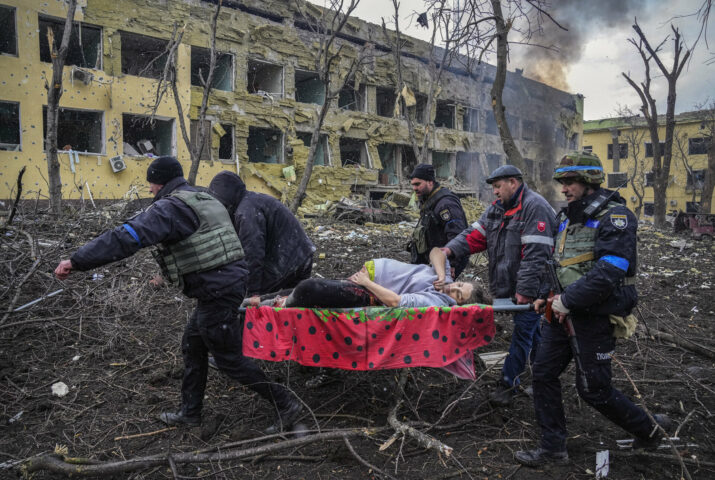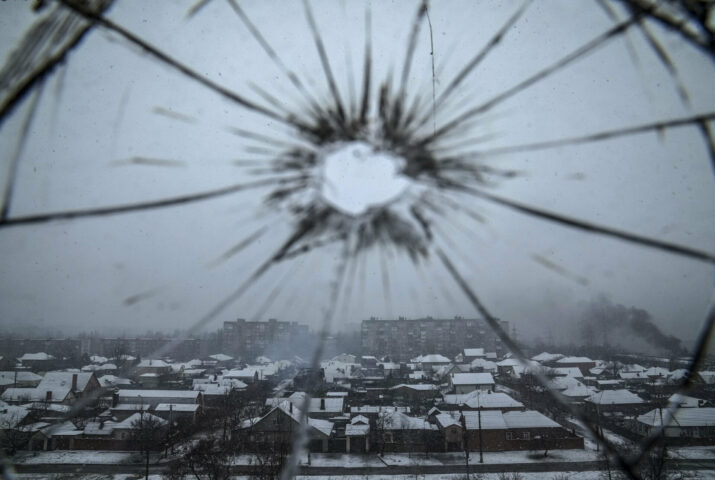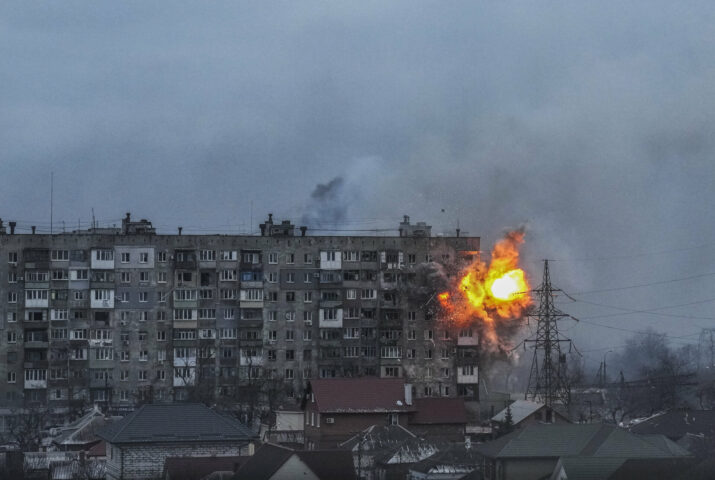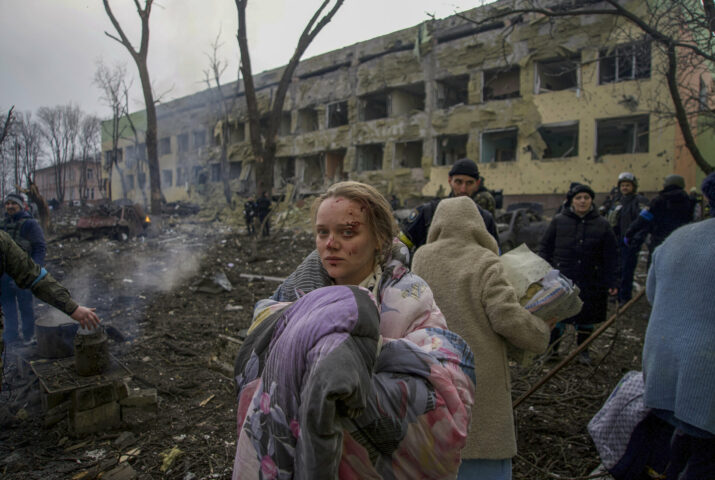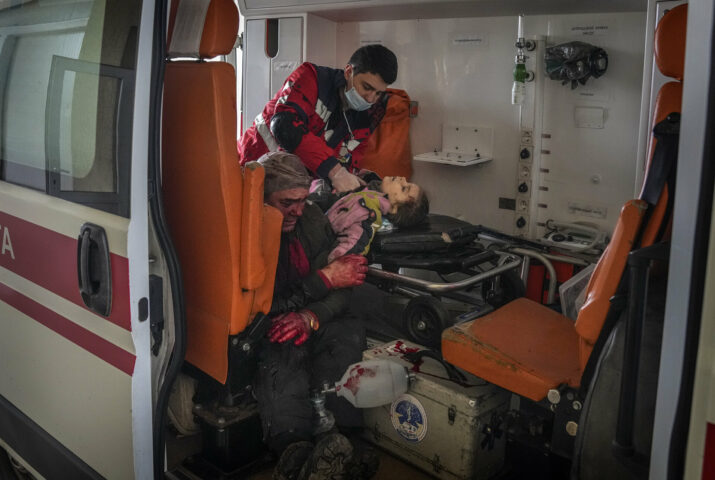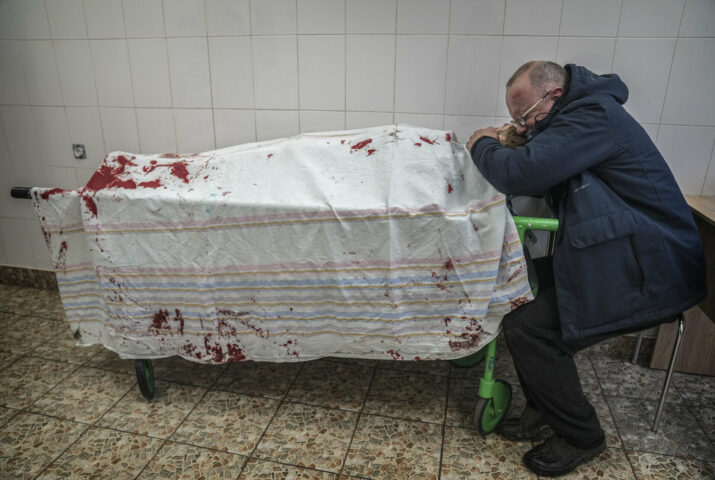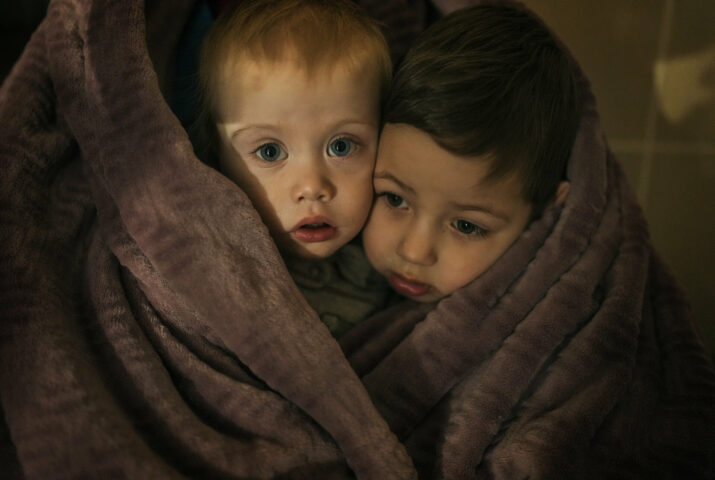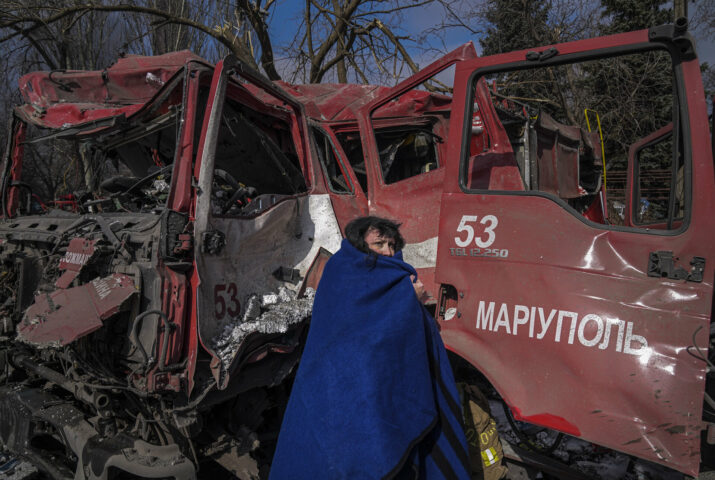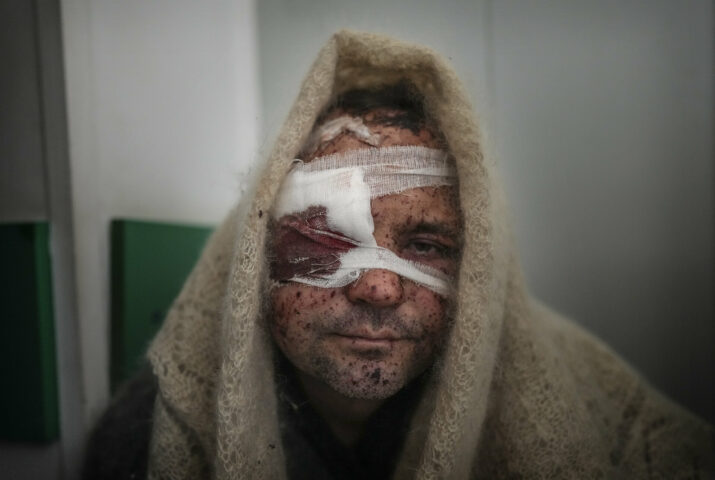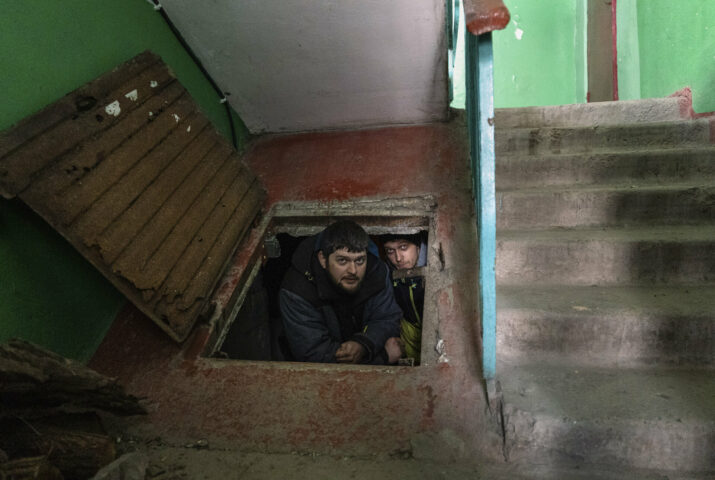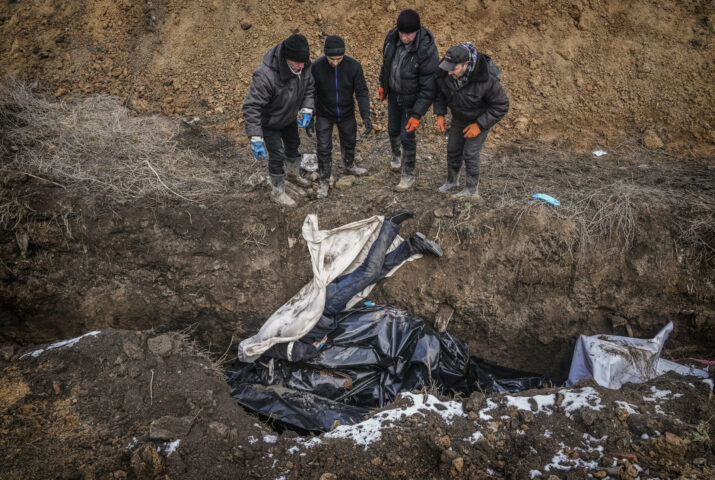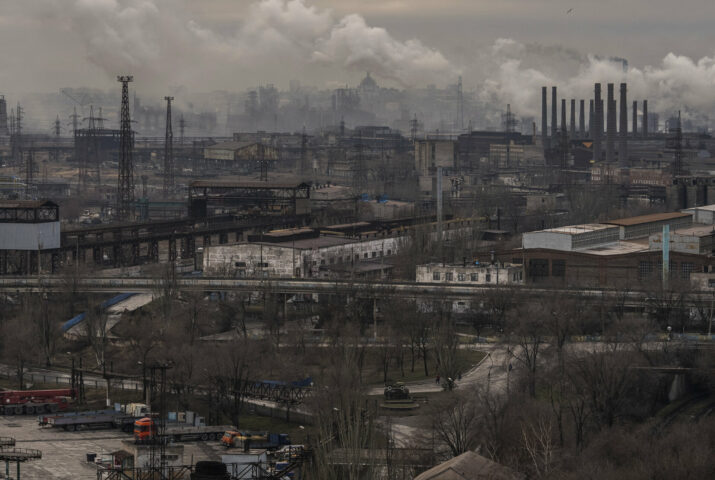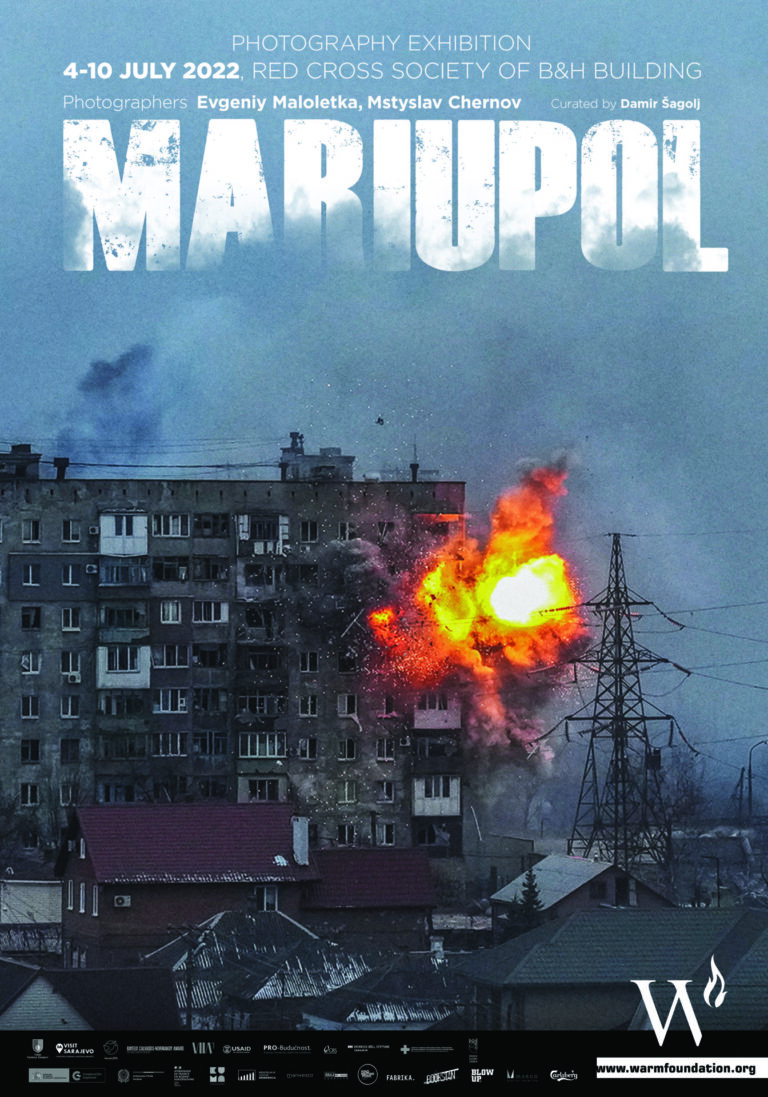a photo exhibition by Evgeniy Maloletka and Mstyslav Chernov
The dead were largely abandoned in the streets.
There were no funerals. No memorials. No public gatherings to mourn those killed by Russia’s relentless attacks on the port city that had become a symbol of Ukraine’s ferocious resistance. It was too dangerous.
Instead, authorities collected the bodies in a truck as best they could and buried them in narrow trenches dug into the frozen late-winter earth of Mariupol.
The mass grave trenches told the story of a city under siege. There was the 18-month-old hit by shrapnel; the 16-year-old killed by an explosion during a soccer game; the girl no older than 6 who was rushed to a hospital with bloody pajamas decorated with cartoon unicorns.
There was the woman wrapped in a bedsheet, her legs neatly bound at the ankles with a scrap of white fabric.
Workers tossed all of them into the trenches as fast as they could, moving quickly to get back to shelter before the next round of shelling.
The world would have seen none of this, would have seen next to nothing at all from Mariupol as the siege settled in, if it wasn’t for Mstyslav Chernov and Evgeniy Maloletka, the Associated Press team who raced into the city when the invasion began and stayed long after it had become one of the most dangerous places on Earth.
For more than two weeks, they were the only international media in the city, and the only journalists able to transmit video and still photos to the outside world.
They were there when that young girl with unicorn pajamas was rushed into the hospital. They were there after the maternity hospital was attacked, and for countless airstrikes that pulverized the city.
They were there when gunmen began stalking the city in search of those who could prove Russia’s narrative to be false.
Moscow hated their work. The Russian embassy in London tweeted images of AP photos with the word “FAKE” over them in red text. A top Russian diplomat held up copies of photos from the maternity hospital at a U.N. Security Council meeting, insisting they were phony.
Eventually, the team were urged to leave leave.
“If they catch you, they will get you on camera and they will make you say that everything you filmed is a lie,” a policeman told the pair. “All your efforts and everything you have done in Mariupol will be in vain.”
It was terrible to leave. They knew that once they were gone, there would be almost no independent reporting from inside the city. But they felt they had no choice.
So they left, slipping away on a day when thousands of civilians were fleeing the city, passing roadblock after Russian roadblock.
Their work, and the people who they met, speak for the agony of Mariupol.
Like the doctor who tried to save the life of the pajama-clad little girl. As he pumped oxygen into her, he looked straight into the AP camera. “Show this to Putin,” he stormed with expletive-laced fury. “The eyes of this child and crying doctors.”

